Tuesday May 2, 2023
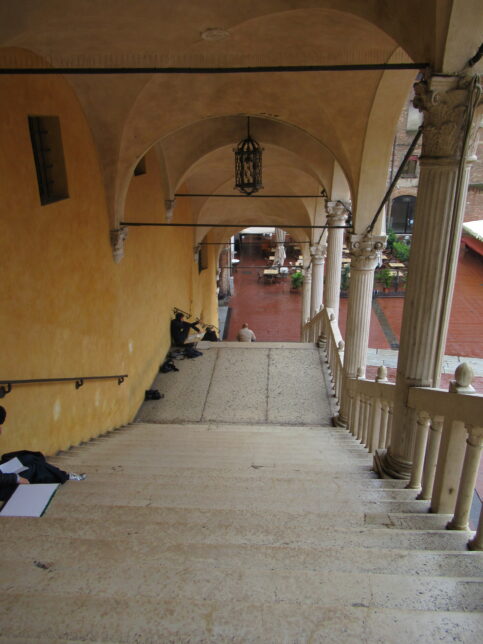
We wake up and go downstairs to the breakfast area where we are expecting a croissant and a cup of coffee. That is what pictures online showed when we booked. What we find is another pleasant surprise of this establishment. Three kinds of croissants stuffed with marmalade, chocolate, and cream. Several different kinds of tortes are available also. then there is ham, salami and cheese with bread available. Several kinds of juices, some fresh fruit, and coffee. It is very nice and I get to enjoy a kiwi with the rest of my breakfast. A good start to the day.
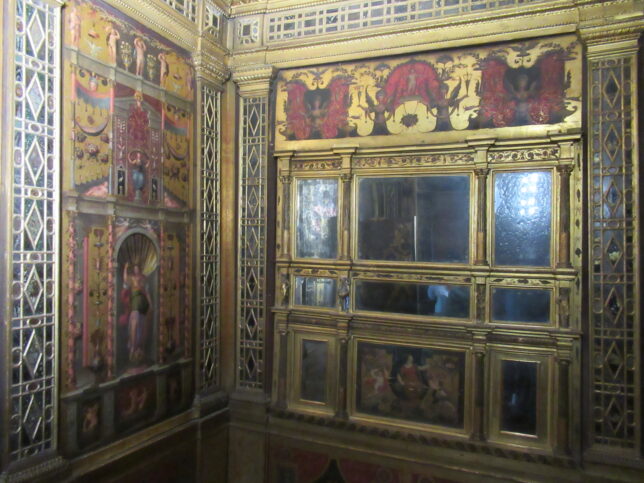
We finish and go upstairs to get ready to explore. Unfortunately it is raining and the forecast is not good. So we will walk in the rain, perhaps even sing in it. As we go downstairs to leave. We see Roberto, the owner and he asks if everything is Ok. Perfetto, we answer, and then a thought pops into my head so I ask if he has an umbrella we can use. He goes and fishes one out of the closet and we are happy to have asked. Our raincoats work really well but an umbrella keeps them from getting soaked which even though we are dry underneath tends to chill us. We walk to Piazza del Municipio which is the courtyard of the old Palazzo Ducale in Ferrara. Two statues flank the archway which enters the piazza, one of Nicola III and one of Borso D’Este. We find our destination which is the Grand Staircase, built in 1481 and covered in white marble. The hooks where they attached the red carpet for events are still in the stairs. The Palace is now an administrative building and when we reach the top of the stairs a man is going inside, so I ask if we can take a look. He welcomes us in and points down the long hall to a room at the end and says to go right. We walk though two nice rooms to get there both of which have people sitting at a desk and looking at us. Not sure if we are supposed to be here, we continue on. Where we are to turn right, there is another lady at the other end of the room and she yells in Italian, gets up and walks towards us. Oh oh, are we in trouble? No, not at all, as when she arrives she tells us where the room is we can go in and also gives us a paper in English of what we will look at. It is basically a small changing room built for the daughters of Duke Ercole II in 1555. It is richly decorated. When we exit, the same lady is there, gets up again and tells us to follow her. This is all in Italian but we get the gist. She brings us to a door which she explains was the secret way for the Nobles to get from the Palace to the castle without going into the streets. It kept them dry, but also could be used to escape from enemies if need be. It is really cool to see and walk. We feel like we just got a small private tour of history. we exit into the castle courtyard where we were yesterday, several blocks from where we entered the palace. We are now back in the rain with the commoners.
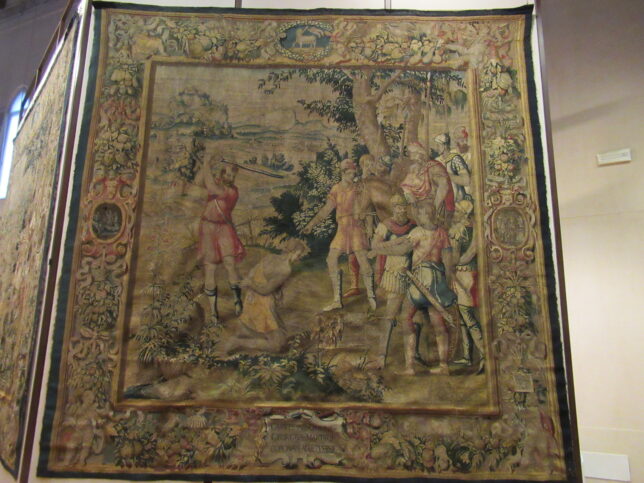
We walk around the corner into the cathedral piazza which is mostly empty today because of the rain. We enter the cathedral museum which has artifacts from the original cathedral and other churches in town. It also has a nice courtyard with an old well which the rain keeps us from enjoying. Inside are some old bibles. Like the ones we saw yesterday that were Borsos private ones, these are very large. I particularly like the colored illustrations on the pages which must have taken a lot of time to do and are very beautiful. there is a marble sculpture of the Madonna of the Pomegranite done by a Sienes artist named Jacobo Della Quercia that was placed in the Este family altar of the old cathedral in 1406. It was also known as the Madonna of the bread, as the scroll that Jesus holds is in the shape of the local bread of Ferrara. Other items include beautiful tapestries of St Maurelius and St. George, one of which depicts the beheading of St. George. These two martyred saints are the patron saints of Ferrara. We get to see reliquary arm and head busts of the two saints. The arm reliquary of St. George was made in 1388 by Este goldsmiths to hold the relic brought from the Holy Land by Count Robert of Flanders. Yo can see the gold woven into the fabric of the reliquary. We have a nice visit in this small museum.
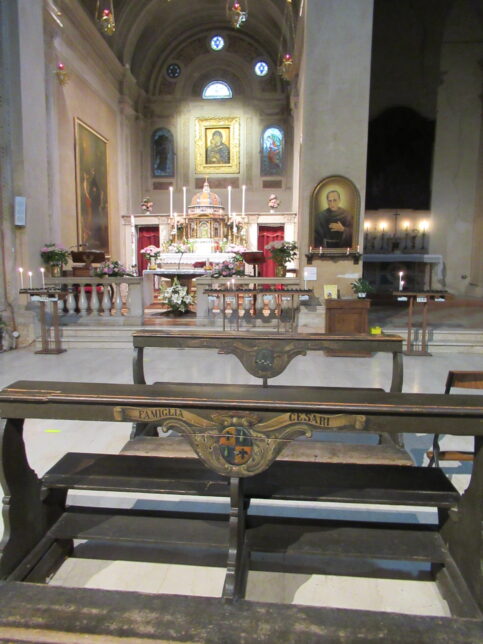
Back in the rain, we come across the Church of San Francesco and go inside. It is a beautiful church with a byzantinian altar piece of the Madonna Delle Grazie from the 13th century. A cool thing we notice is that on the wooden pews are the names of families that apparently donated enough to have a reserved spot when the attended Mass.
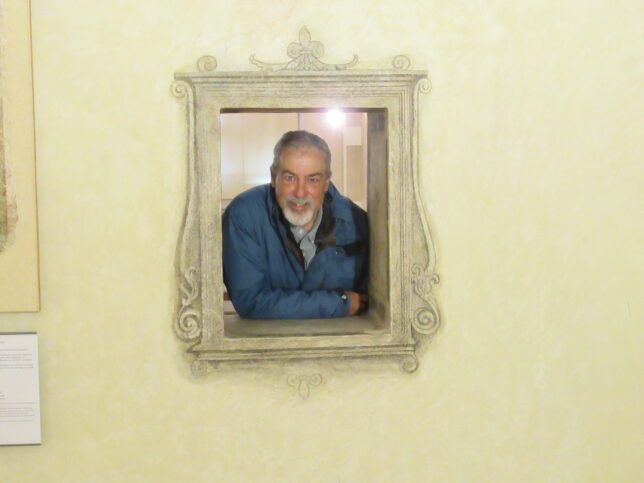
Our next destination is not too far away and is the Casa Romei. The Palazzo belonged to Giovanni Romei who married in to the Este family and became their administrator. We enter the 15th century palazzo through a cloistered courtyard with an old well. Several art students are around drawing a painting the scene. There are remnants of frescos throughout but also rooms that house sculptures and frescos from former churches, convents and civic buildings. It is interesting how they were able to save sections of wall frescos from these buildings. Many were bombed and destroyed during WWII. We enter the room of the monkey which depicts monkeys frescoed just below the ceiling line. The whole room is one fresco at that level. What intrigues me is creatures with animal legs, human bodies, and spears pointing at a head, a recurring theme in the room.
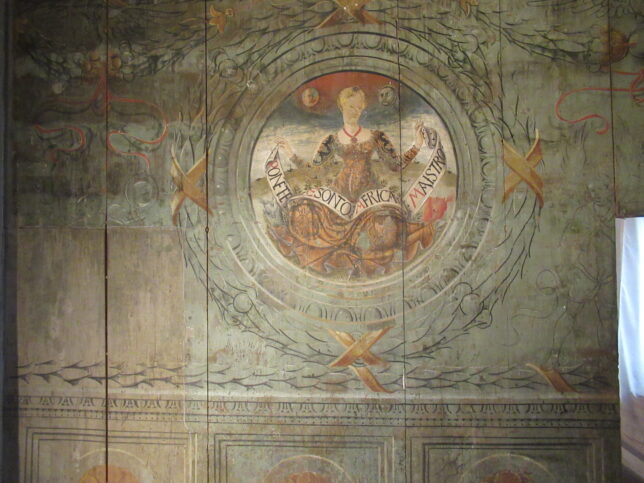
Next we go into the private library where they discovered beautiful paintings from 1460 on the wood in the 1970’s. The paintings delineate two rooms of the library one for grammar and the other for geography. The geography one lists Europe and Africa which was the known world at the time. In 1992, they also discovered a the most ancient thermal bath system in Ferrara dating to at least 1440 when Romei used it as part of the foundation for his house. We check out another room known as the room of the prophets which depicts the haloed heads of the prophets peaking out from trees. We really enjoyed this house along with the interesting stories of preservation it presents.
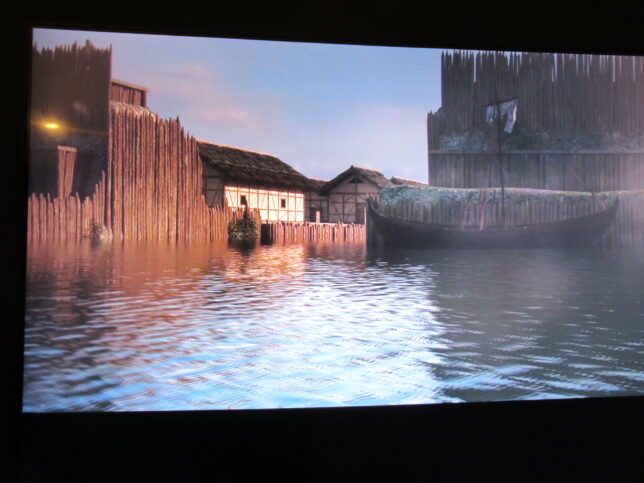
We continue along this side of town to check out the archeological museum. Along with some frescos and architecture in the building itself, the museum mostly focuses on the ancients site of Spina nearby. It has many artifacts from the excavation of burial sites there and two sailing boats. Spina was an Etruscan port and laid out orthogonally along small canals. there is an interesting video on what the site looked like in Etruscan times and where they found the burial area.

We have seen many Etruscan artifacts but one piece of pottery called a Krater is different. From 430 B.C., it depicts it features a sacrificial procession in honor of Delphic Apollo. It always amazes me how ornate the pottery and other items of the Etruscans were compared to our Native American pottery. There are also some fairly exquisite gold earrings and jewelry. We only have one more museum on our list the Pinocoteca (art museum) which is on the other side of town close to our place. We walk along looking for a place for a quick bite but we have missed the lunch window and do not find anything. We stop in the grocery store for a very unsatisfying piece of cold foccacia pizza bread, not the best choice of our trip. We get to the art museum only to discover that it is closed today. The hours on the sign says it is open but the lady says because they opened yesterday (normally closed Mondays) for May Day Holiday, they are closed today. Well that is Italy where opening hours and days sometimes mean nothing or change at the whim of the establishments. Websites are never updated to indicate this. Our sightseeing over, we return to our room for a snack and a massage. We also take some time looking at our dinner options for tonight.
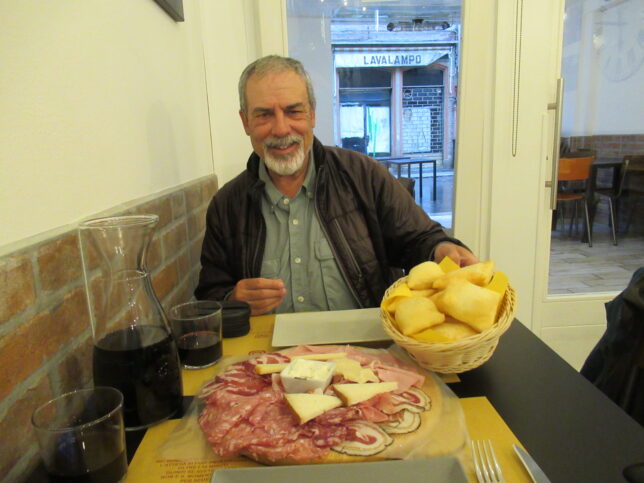
We decide on Farina del Mio Sacco for dinner and when it is time, we head back out in the rain to find it. Their specialty is platters of meats and cheeses served with gnocco frito. Gnocco Frito is a light fried dough very similar to sopapillas that is served with the platter (Tagliere) and you put the meat on. The thinly sliced meat is warmed with the heat of the gnocco frito and brings out the flavors. They are excellent and along with our one liter of house wine is a very filling meal. So for all my Mexican friends, it looks like the Italians beat you to the punch with the sopapilla idea and of course they do it much better. This will end our time in Ferrara. The town really surprised us. It has great sights and history, very cool and interesting architecture, and is fun to walk around the different areas. It is not overrun with tourists, many people do not speak English, and yet everyone we ran into had a pride in their city that was evident and were overly helpful in assuring that you enjoy it. Just a great vibe overall. Expenses Foccacia Lunch from Conad 3.6E Platter with Gnocco Fritto and Wine at Farina Del Mio Sacco 30E Art Avenguardia BNB 44.40E. Walked 9.6 Miles
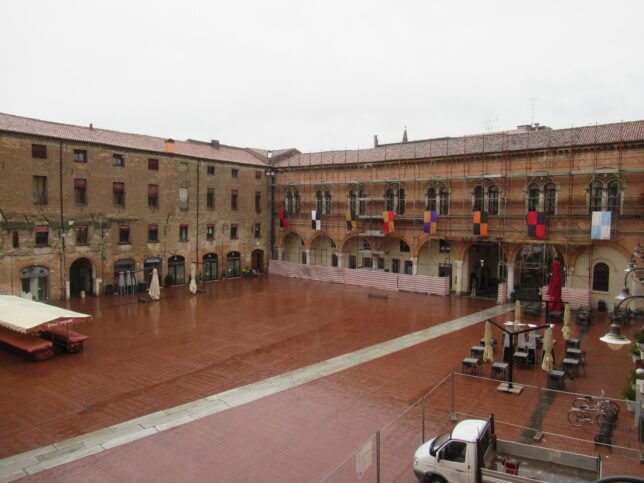
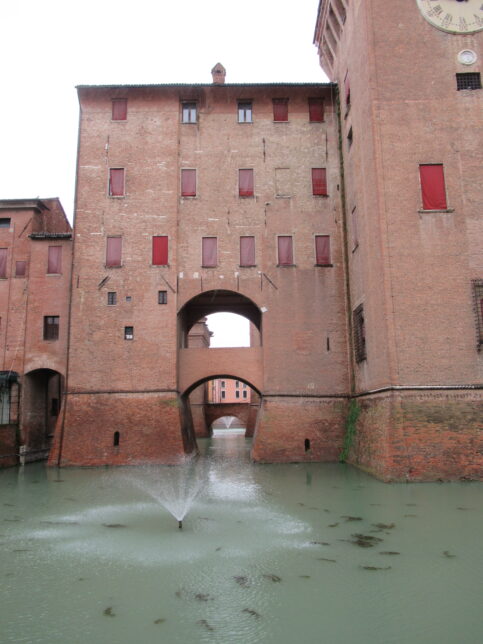

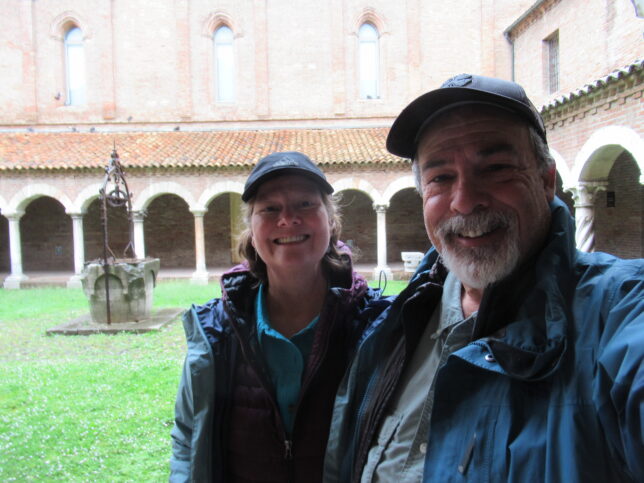
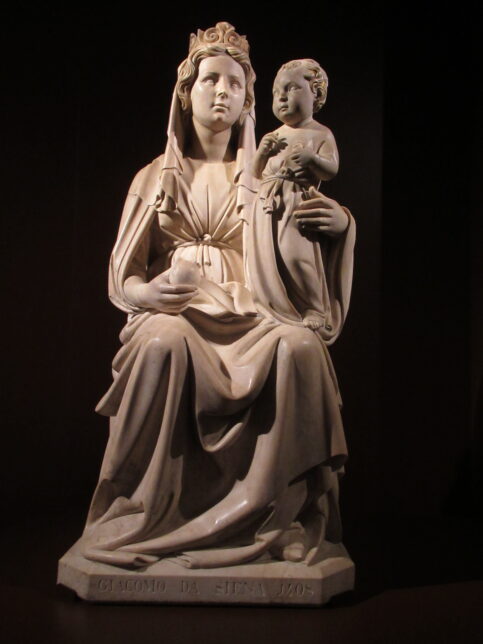
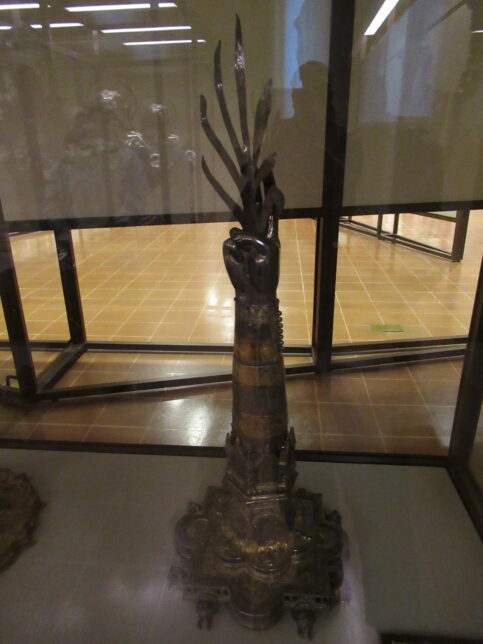
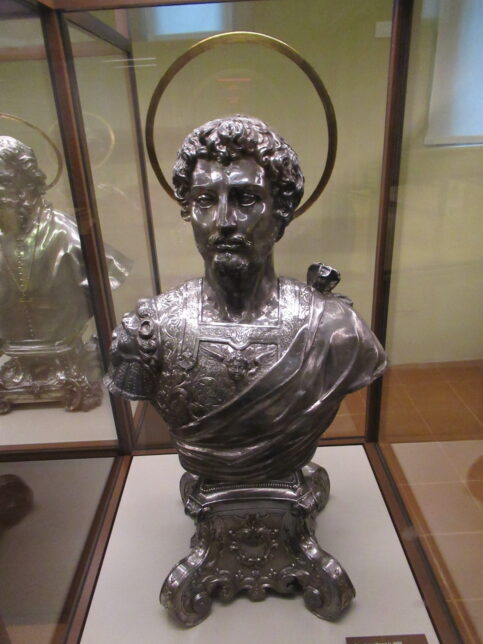

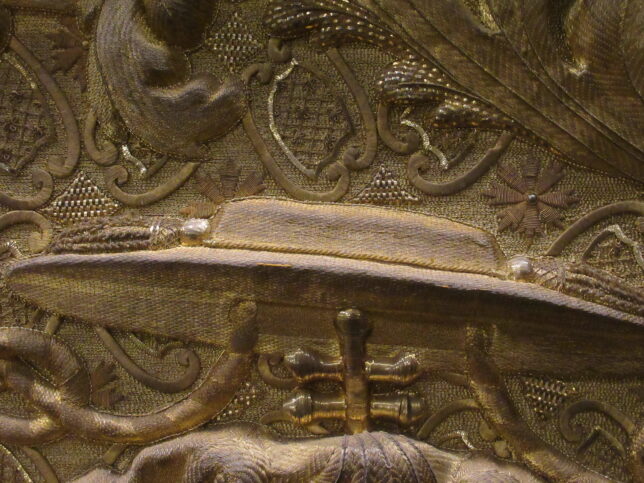
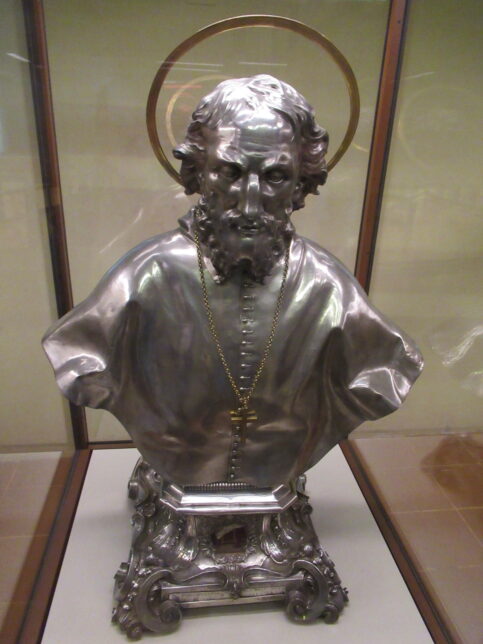
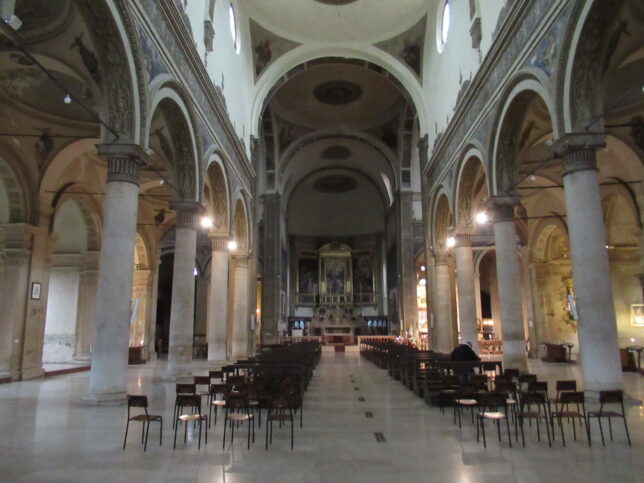
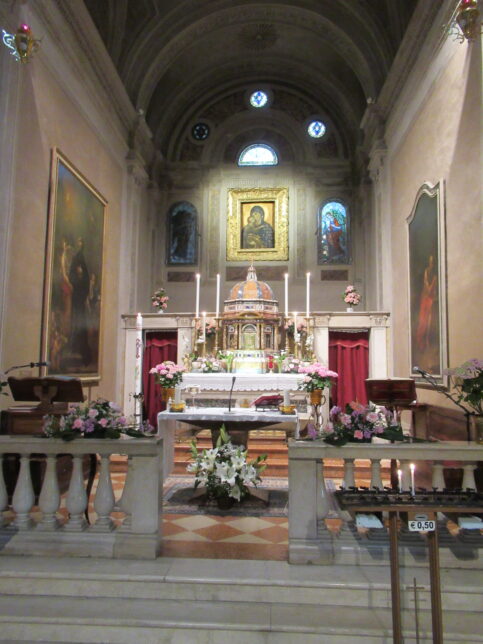
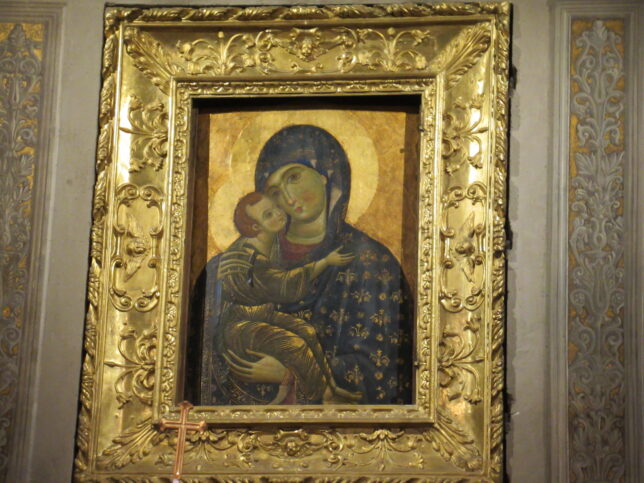

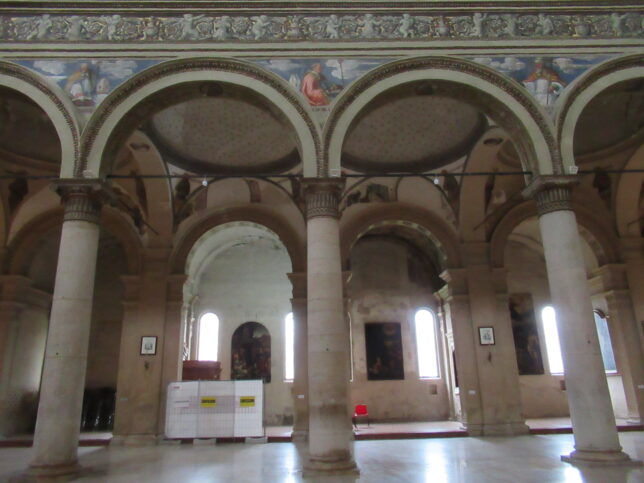
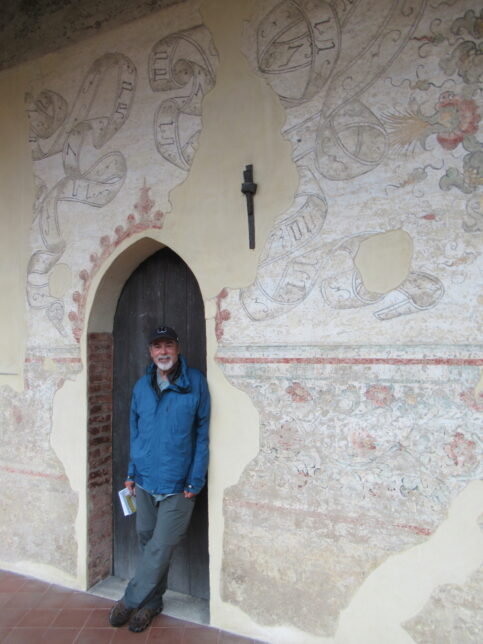

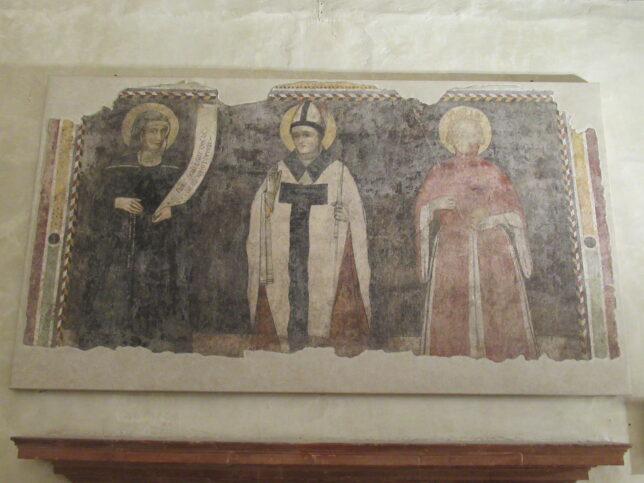
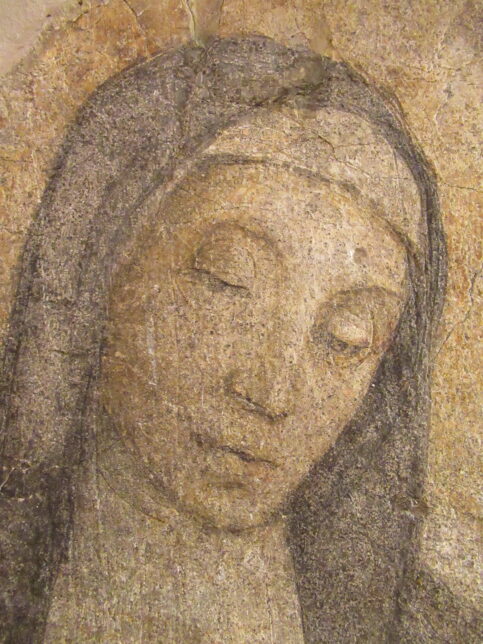
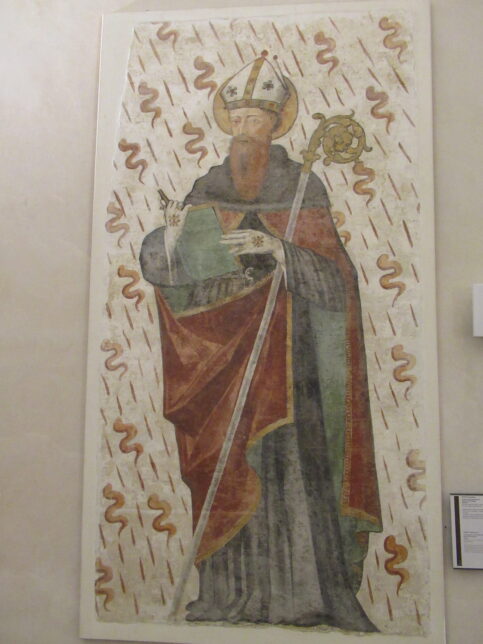
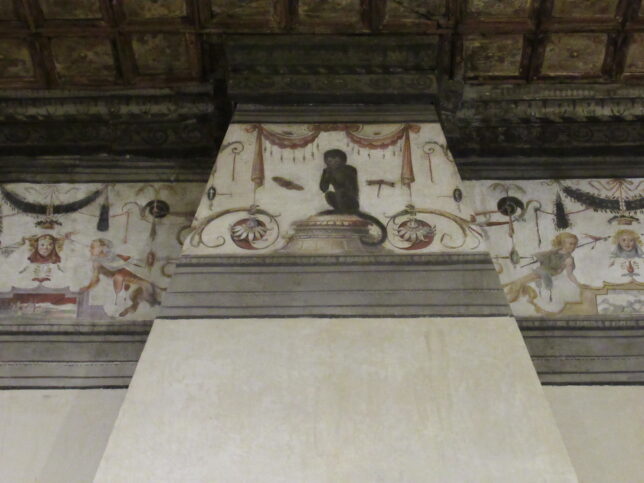

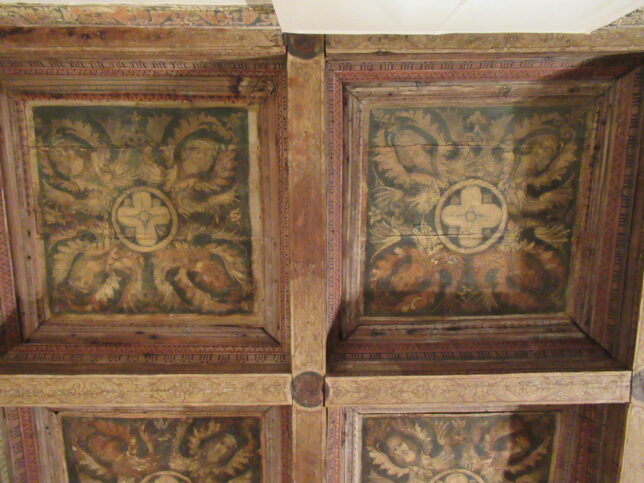
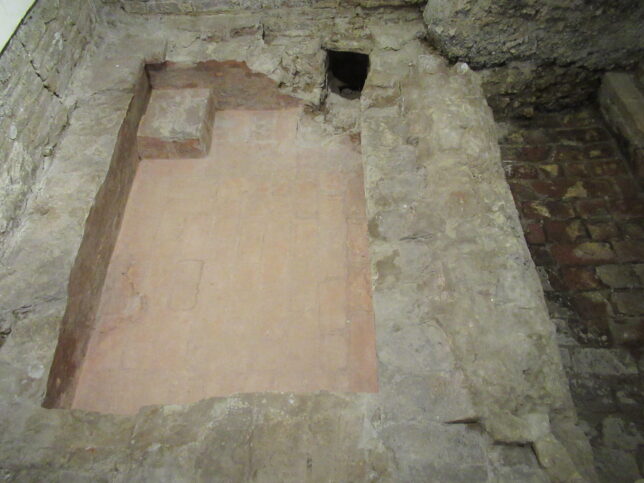
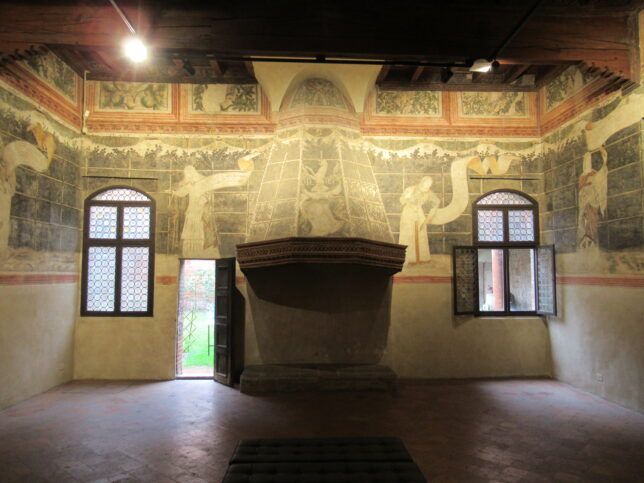
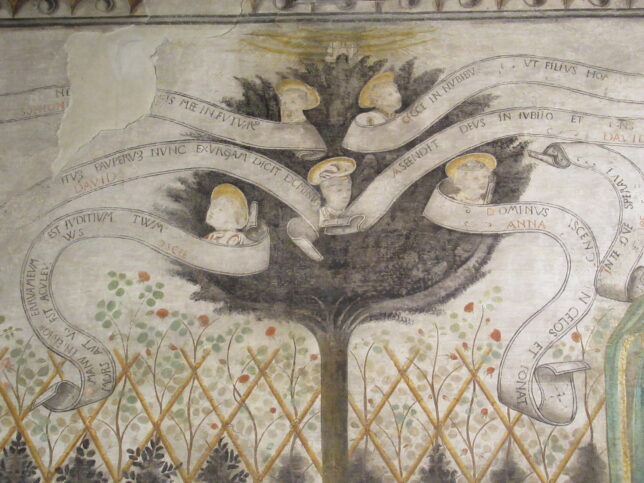
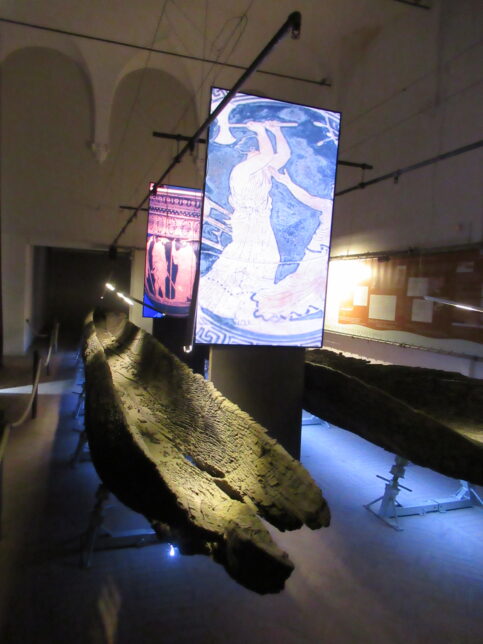
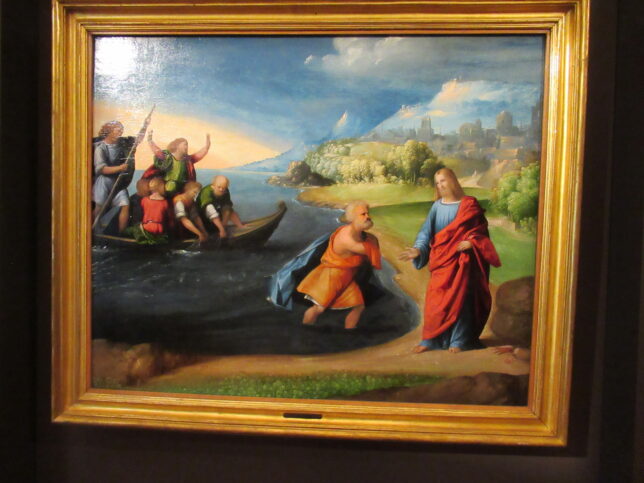
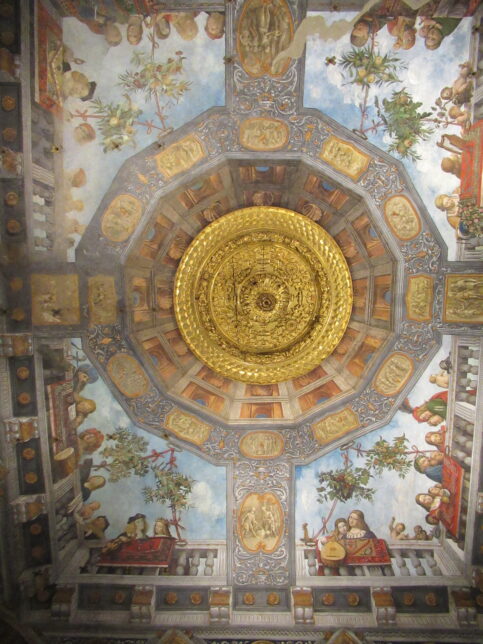
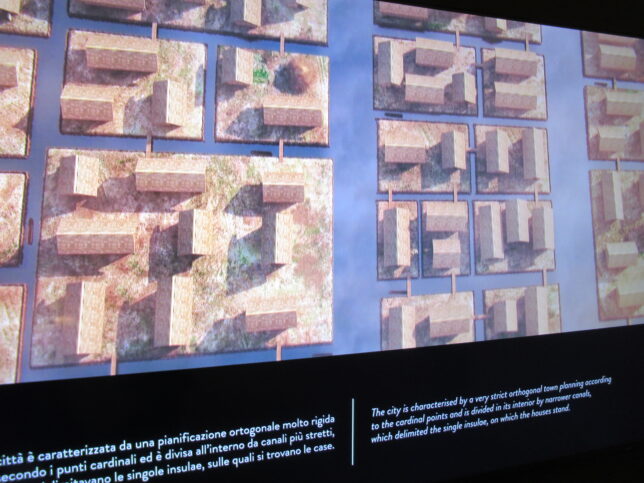
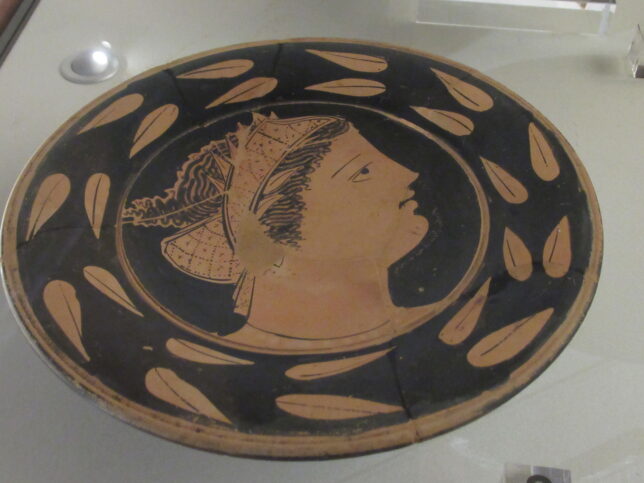

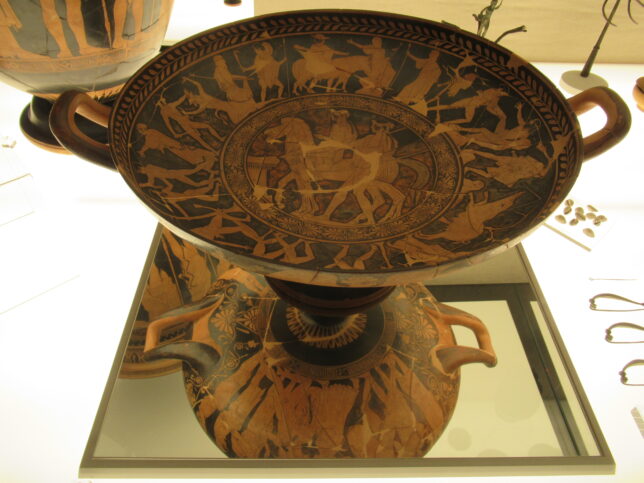
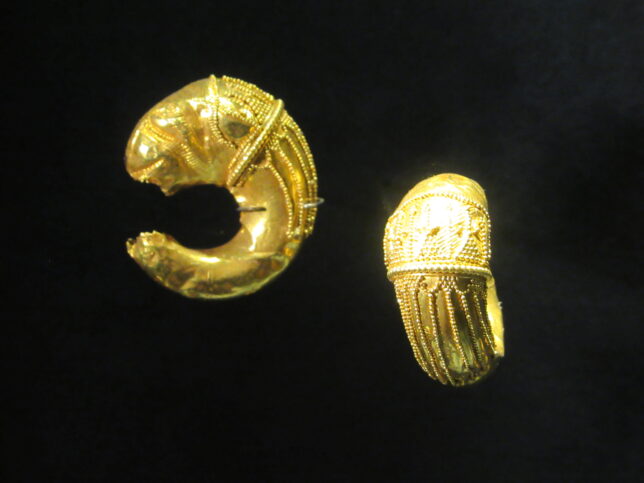
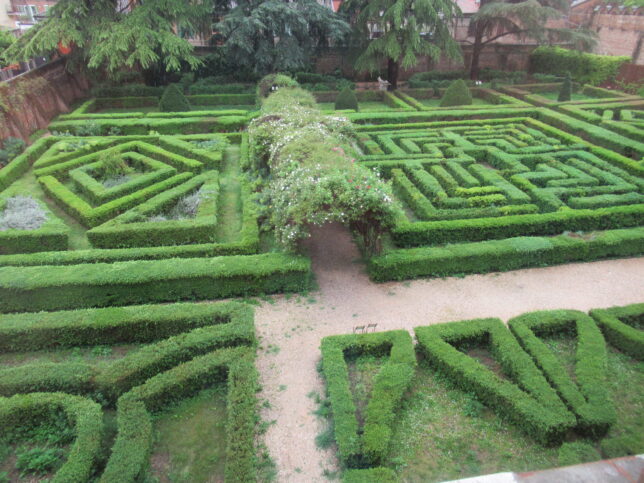
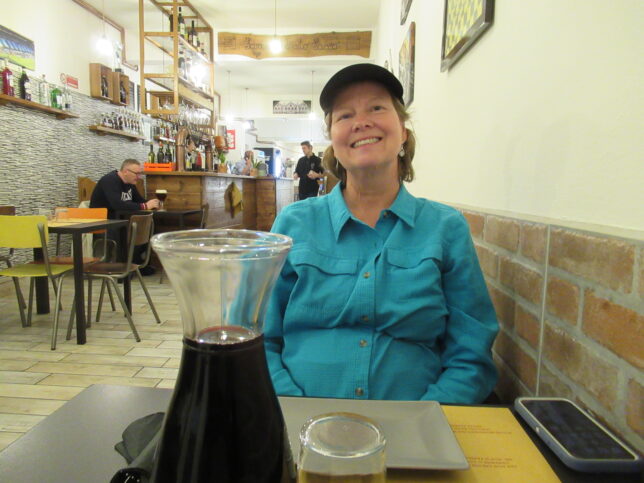
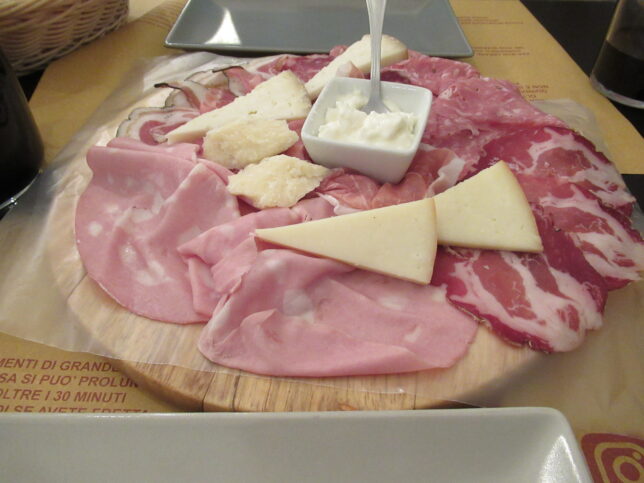
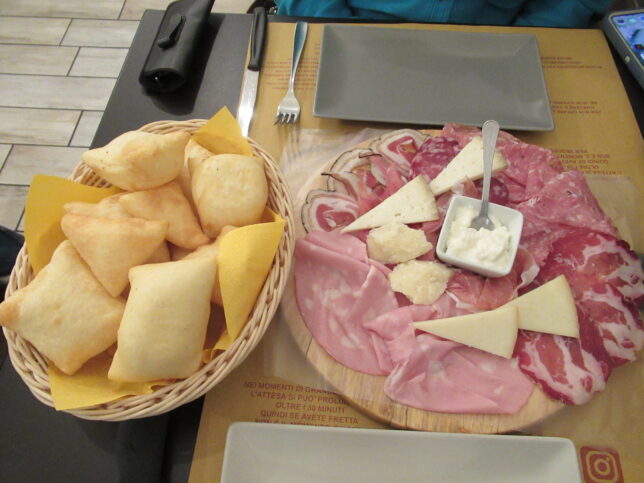


No Comments Yet